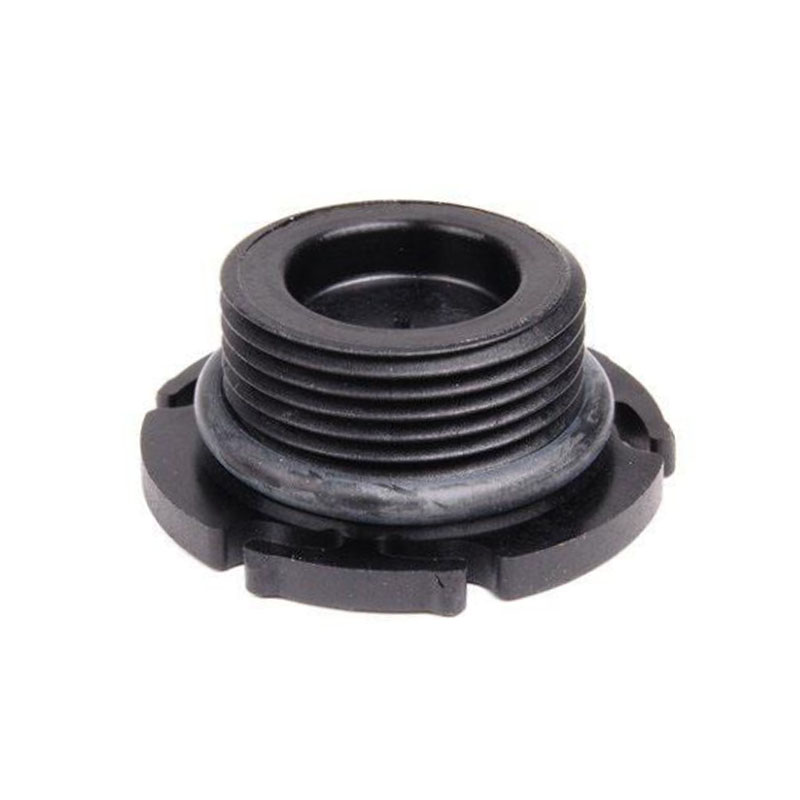VW Polo Rear Main Seal Replacement Guide and Tips for DIY Mechanics
Understanding the Volkswagen Polo's Rear Main Seal
The Volkswagen Polo, a compact car loved for its efficiency and practicality, has garnered a reputation for durability and performance. However, like any vehicle, it's not immune to mechanical issues, and one common concern among Polo owners is the rear main seal. This article delves into the significance of the rear main seal, its function, symptoms of failure, and how to address its potential issues.
What is a Rear Main Seal?
The rear main seal is a crucial component in any internal combustion engine, including that of the VW Polo. It is located at the rear of the engine, where the crankshaft exits the engine block and extends into the transmission. The primary function of the rear main seal is to prevent engine oil from leaking out while also protecting the interior of the engine from dirt and debris. Essentially, it serves as a barrier that ensures a clean and efficient environment for engine operations.
Symptoms of a Failing Rear Main Seal
Identifying a failing rear main seal early can save you from costly repairs and extensive engine damage. Here are some common symptoms to look for
1. Oil Leaks The most obvious sign of a problem is an oil leak. If you notice oil pooling under your vehicle or a wet area on the engine, the rear main seal may be the culprit.
2. Oil Level Drops Frequent checks of the oil level are essential. If you're finding that you need to top up the oil more often than usual, it could indicate a leak from the rear main seal.
3. Oil Odor A burning oil smell can be detected if the leaking oil comes into contact with hot engine components. This is not only unpleasant but could also be a sign of potential fire hazards.
4. Engine Performance Issues In some cases, a failing rear main seal can affect engine performance, leading to rough idling, decreased power, or other operational issues.
Causes of Rear Main Seal Failure
vw polo bah rear main seal

There are several reasons why the rear main seal in a VW Polo may fail, including
- Wear and Tear Over time, seals can degrade due to constant thermal expansion and contraction, wear from engine vibrations, and exposure to oil aging. - Improper Installation If the rear main seal was not installed correctly, it could lead to premature failure.
- Oil Contamination Contaminated engine oil can eat away at the seal, causing it to lose its integrity and leading to leaks.
Addressing Rear Main Seal Issues
If you suspect that your VW Polo has a failing rear main seal, it is advisable to consult a qualified mechanic for a thorough inspection. Here’s how to address the issue
1. Diagnosis A professional mechanic will check for oil leaks and assess whether the rear main seal is the source of the problem.
2. Seal Replacement If the seal is indeed the issue, it typically requires removing the transmission to access and replace the rear main seal—a complex task that underscores the importance of seeking expert assistance.
3. Routine Maintenance Regular oil changes and engine checkups can help prevent issues. Maintaining the right oil levels and quality can also prolong the life of the seal.
Conclusion
The rear main seal is a small but vital element in the engine of a Volkswagen Polo. Recognizing the symptoms of a failing seal and understanding the steps needed to remedy the situation can help owners maintain their vehicle's performance and ensure longevity. Regular maintenance and prompt attention to oil leaks will not only keep your VW Polo running smoothly but also protect your investment in the long run.
-
The Ultimate Guide to Boat Propeller Bearings and Trailer Wheel Bearings
News Jul.31,2025
-
The Essential Guide to Marine Bearings and Boat Trailer Wheel Bearings
News Jul.31,2025
-
The Complete Guide to Heavy Duty Seals: Protecting Doors and Spaces Efficiently
News Jul.31,2025
-
Essential Guide to Marine Shaft Bearings and Boat Trailer Axle Bearings
News Jul.31,2025
-
Comprehensive Guide to Marine and Trailer Bearings for Safe Boating and Transport
News Jul.31,2025
-
Comprehensive Guide to Automotive Oil Seals: Protecting Your Engine and Shafts
News Jul.31,2025
-
Understanding Automotive Oil Seals: Essential Components for Engine and Shaft Protection
News Jul.30,2025
Products categories















